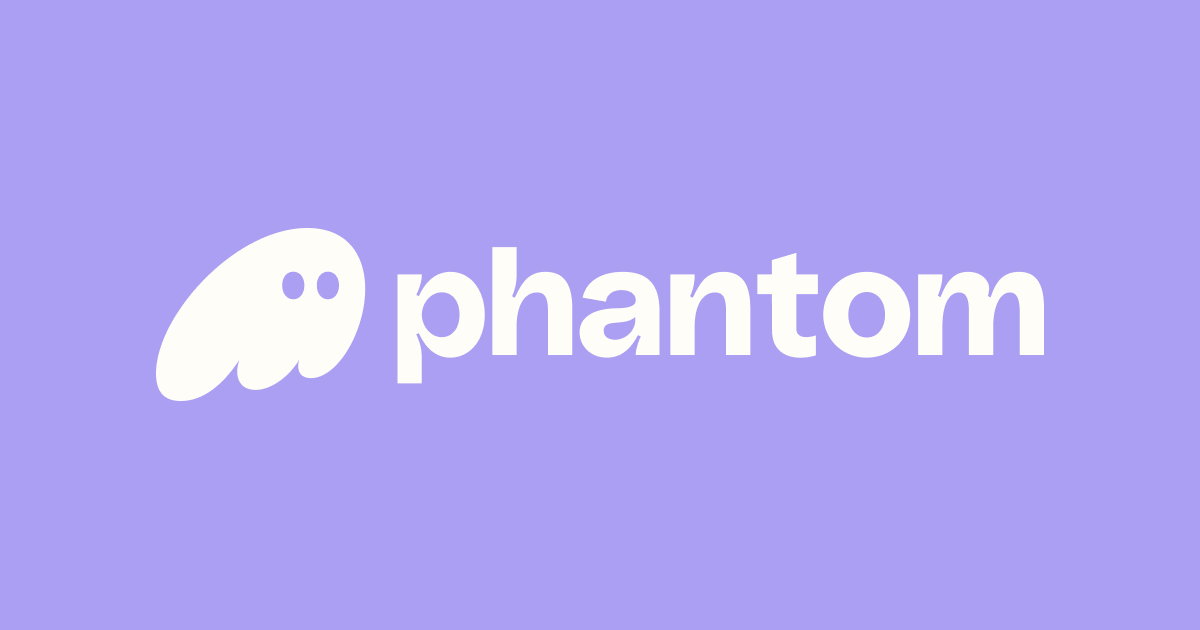Okay, so check this out—I’ve been messing around with a bunch of mobile wallets on Solana lately, and honestly, nothin’ quite clicked the way I thought it would. At first, I figured, “Hey, wallets are wallets, right?” But man, the experience kept feeling clunky, like trying to fit a square peg in a round hole. My instinct said there had to be something better for folks diving into DeFi and NFTs on Solana, especially on mobile.
Now, let me tell you, mobile wallets in crypto aren’t just apps—they’re gateways. And for Solana’s ecosystem, which moves at lightning speed, having a wallet that keeps up without frying your phone or making you jump through hoops is pretty darn crucial. So yeah, I started poking around, and that’s when the phantom wallet popped up on my radar. Something about it felt different, smoother.
Seriously? You’d think with all the hype around DeFi and NFTs, wallets would be way more user-friendly by now. But nope, many still feel like they were designed by engineers forgetting that, you know, humans have short attention spans. The Phantom Wallet, though—it almost gets it right, especially for mobile users.
Here’s the thing. Solana’s blockchain is fast, sure, but without the right wallet, the speed advantage kinda evaporates. Slow load times, confusing interfaces, and shaky security features can turn the whole experience sour real quick. I ran into this myself, hopping from one wallet to another, feeling more frustrated each time.
Wow! That moment when you realize your wallet isn’t just a tool—it’s your whole crypto identity on-chain. And if that identity feels fragile or hard to manage, you’re in for a rough ride.

Anyway, back to Phantom. The wallet shines because it blends simplicity with power. It’s lightweight, fast, and has that slick UI that doesn’t make you feel like you’re decoding hieroglyphics. Plus, it handles Solana’s unique features—like its low fees and fast transactions—without breaking a sweat.
Mobile Convenience Meets Solana’s DeFi World
Now, I gotta admit—initially, I thought mobile wallets would always lag behind desktop counterparts in functionality. But Phantom Wallet kinda flipped that assumption on its head. It’s built with an obvious focus on mobile users who want to dive into everything Solana offers, from staking SOL to swapping tokens and even collecting NFTs.
My very first experience trying to connect Phantom with a DeFi protocol was surprisingly smooth. No endless loading screens or cryptic error messages. The wallet just… worked. That’s a rarity in this space.
On one hand, DeFi is notoriously complex, and most wallets make it more intimidating. Though actually, Phantom manages to abstract away a lot of that complexity without dumbing things down too much. For someone like me who’s been around the block but still appreciates a clean experience, that balance is gold.
And yeah, security-wise, they keep your private keys on your device, which is pretty standard but still comforting. I’m always cautious with mobile wallets—phones get lost, stolen, or hacked. Phantom’s approach feels solid, but I’ll be honest, no wallet is 100% foolproof. You gotta stay on your toes.
Hmm… I wonder how they’ll handle future upgrades as Solana scales. Because wallets that can’t keep up are gonna be left in the dust.
Something else that bugged me with other wallets was the clunky NFT integration. Phantom nails it by letting you browse, send, and receive NFTs right within the app, and it actually looks good doing it. No more awkward screenshots or third-party clutter. It’s like having your own digital art gallery in your pocket.
Oh, and by the way, the wallet supports a bunch of DeFi protocols directly, so you don’t have to bounce around apps. That’s a big deal if you’re trying to maximize yield or jump on new projects quickly.
Why I Keep Coming Back to Phantom
Honestly, this part bugs me—and I mean it in a good way. Phantom’s ecosystem is growing fast, but it’s not perfect. Sometimes I feel like they’re playing catch-up with user requests, and new features roll out slower than I’d like. Still, when you compare it to others, it’s clear they’re focused on user experience, not just hype.
Here’s a little personal experience: I once nearly lost access because I forgot to back up my seed phrase properly. The wallet’s recovery prompts are helpful, but that panic moment? Yeah, it’s a gut punch. It reminded me how vital wallet literacy is, no matter how slick the app looks.
On the flip side, Phantom’s integration with hardware wallets is pretty neat. So if you’re paranoid about security like me, you can add that extra layer without sacrificing convenience. That’s not something all mobile wallets offer, especially in the Solana space.
Also, the devs seem genuinely engaged with the community. They listen to feedback and roll out updates that actually matter, not just flashy gimmicks. That kind of responsiveness builds trust, which, frankly, is rare in crypto projects.
Wow — I’m kinda geeking out here, but having a wallet that feels like it was designed by users, for users, makes all the difference. It’s the little things, like intuitive token swaps and clear transaction histories, that add up.
So if you’re dipping your toes into Solana DeFi or hunting down NFTs on the go, the phantom wallet deserves a serious look. It’s not perfect, but it’s probably the best option out there for mobile right now.
And hey, I’m not 100% sure every user will vibe with it, especially hardcore power users wanting extreme customization. But for most folks? It’s a breath of fresh air.
Anyway, that’s my two cents after diving deep into Solana wallets. There’s still a lot to learn and watch for—wallets evolve fast, and so does the ecosystem. But Phantom Wallet feels like the closest thing to a “just works” experience on mobile I’ve seen in a while.
Maybe that’s what we’ve all been waiting for.

FeedBack (0)